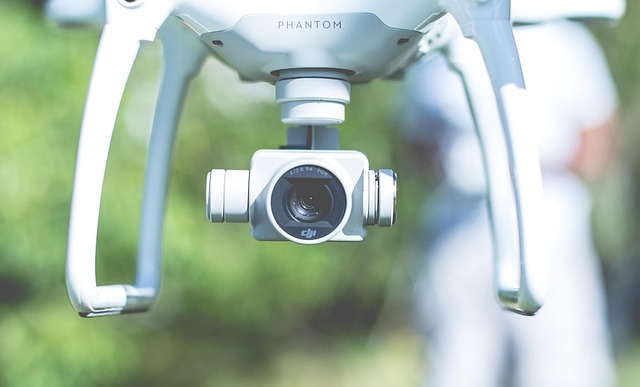Controlled entry systems, powered by advanced technologies like smart cards, keyless devices, biometric scanners, and secure protocols, offer multi-layered security while ensuring convenient access. Smart cards, evolving from initial security enhancements for magnetic stripe cards, now include digital signatures, encryption, and personalized control, revolutionizing access to locations and data. Keyless entry systems simplify routines with button presses or fob waves, providing remote control and energy efficiency. Combining smart card technology with keyless entry streamlines verification through swipes or taps, with future developments promising biometric integration and dynamic encryption for enhanced security and user-friendliness.
In today’s digital era, convenience and security intertwine seamlessly through smart card and keyless entry systems. These advanced technologies have revolutionized controlled entry systems, offering unparalleled accessibility and robust protection. This article delves into the evolution of smart cards, their integral role in enhancing security, and the multifaceted benefits of keyless entry. We explore the current landscape and future prospects of smart card technology in access control, providing an overview for understanding these game-changing controlled entry systems.
Understanding Controlled Entry Systems: An Overview
Controlled entry systems have emerged as a game-changer in enhancing security and accessibility. These innovative solutions offer a seamless blend of convenience and protection, allowing authorized individuals to gain access while deterring unauthorized entry. At their core, controlled entry systems utilize advanced technologies such as smart cards, keyless entry devices, biometric scanners, and secure communication protocols.
By integrating these components, controlled entry systems provide a multi-layered defense mechanism that verifies the identity of users through unique identifiers like pins, iris scans, or RFID chips embedded in smart cards. This ensures that only those with legitimate access can enter secured areas, thereby safeguarding against unauthorized access and potential security threats. Moreover, keyless entry devices offer unparalleled convenience, eliminating the need for physical keys while ensuring a swift and secure entry process.
The Evolution of Smart Cards and Their Role in Security
The evolution of smart cards has revolutionized access control and security systems, transforming traditional controlled entry mechanisms. These cards, now equipped with advanced microchip technology, have moved beyond simple data storage to become powerful tools for secure authentication. Initially, smart cards were introduced as a more secure alternative to magnetic stripe cards, offering encrypted data and tamper-proof features. Over time, they evolved to incorporate sophisticated security protocols, including digital signatures, encryption algorithms, and personalized access control.
This technological advancement has played a pivotal role in shaping keyless entry systems, enabling convenient and secure controlled entry. Smart cards can be programmed with unique identification information, allowing for personalized access rights to various locations. Whether it’s unlocking office buildings, accessing secure data systems, or controlling vehicle ignition, these cards provide a reliable and efficient method of authentication. The integration of smart card technology into keyless entry systems enhances security by preventing unauthorized access and ensuring that only those with legitimate credentials can gain entry.
Keyless Entry: A Modern Convenience and Its Benefits
Keyless entry systems have revolutionized access control, offering a modern convenience that simplifies our daily routines. With just a press of a button or a wave of a fob, users can unlock doors without the need for traditional keys, providing immense practicality and security. This technology is particularly beneficial in residential, commercial, and even automotive settings, where it streamlines entry processes and enhances overall convenience.
The advantages of keyless entry are numerous. It eliminates the hassle of carrying physical keys, reduces the risk of losing them, and provides an added layer of security through secure access codes or biometric identification. Additionally, these systems enable remote control, allowing users to unlock doors from a distance, enhancing safety and comfort. Controlled entry systems also contribute to energy efficiency by eliminating the need for constant key fob interactions, making them a popular choice for environmentally conscious individuals and businesses.
Implementation and Future Prospects of Smart Card Technology in Access Control
The implementation of smart card technology in access control systems has revolutionized controlled entry procedures, offering unprecedented convenience and security. These cards, embedded with microchips, store digital information, enabling fast and efficient verification processes. When integrated into keyless entry systems, smart cards provide a seamless experience by allowing users to gain access with just a swipe or tap, eliminating the need for traditional keys or passwords.
Looking ahead, the future prospects of smart card technology in access control are promising. With advancements in chip capabilities and communication protocols, these cards can support more complex security features, such as biometric data integration and dynamic encryption. This evolution will further enhance privacy and protection against unauthorized access, making controlled entry systems even more robust and user-friendly.
Controlled entry systems have evolved significantly, with smart cards and keyless entry technologies offering unprecedented convenience and security. The integration of these innovative solutions is set to redefine access control in various sectors, enhancing efficiency and user experiences while ensuring robust security measures. As technology continues to advance, we can expect even smarter and more accessible controlled entry systems in the future.
